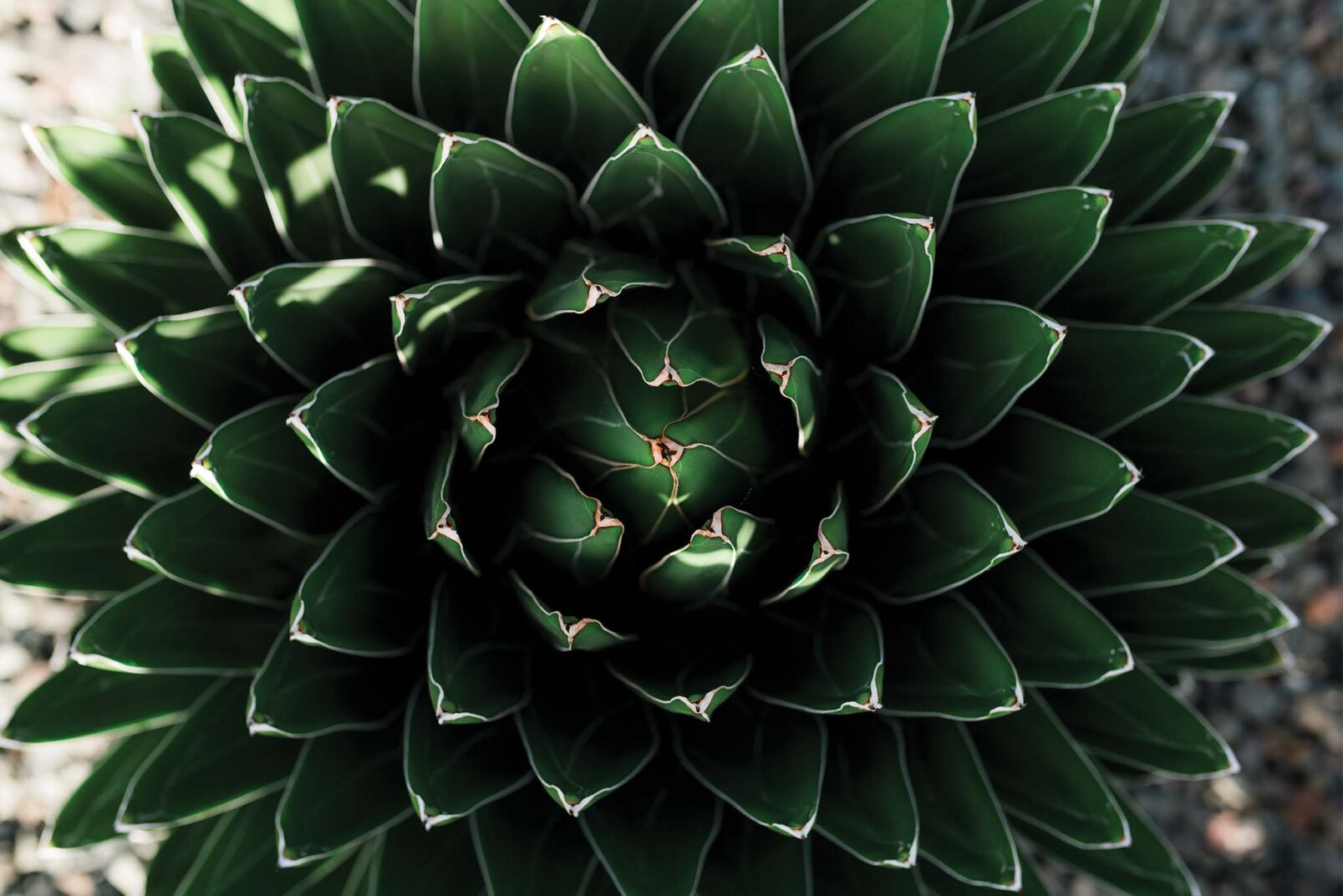Tucked discreetly among homes in Wai‘anae Valley, a 2.8-acre orchid nursery is marked by a simple black sign next to a mailbox. Few passersby would realize that thousands of plants are being meticulously cared for just off the road. Inside, endless rows of plants instantly captivate the senses, bursting with rich fragrances and vibrant colors. Wai‘anae’s dry, sunny weather offers an optimal environment for growing orchids, but grower Jeremy Domingo controls the irrigation and shade to keep the blooms in pristine condition.
“I like the enjoyment of growing it and seeing how it turns out,” Domingo says of nurturing a plant to its highest potential of beauty and form. For him, the process of orchid growing—and the pursuit of achieving show-worthy blooms—is just as satisfying as the final product. “I’m not trying to win awards or anything; I just like showing it,” he says.
Domingo is a second-generation orchid supplier who runs his family’s business, S&W Orchids. His father, Stan Watanabe, a former plantation worker from Hawai‘i Island, started selling orchids in the 1980s. Domingo’s uncles studied horticulture at the University of Hawai‘i at Mānoa and taught everything they learned to Watanabe and his wife, Carmela. In 1990, the couple opened what would become one of O‘ahu’s largest orchid nurseries, which is now one of the few remaining in the entire state.
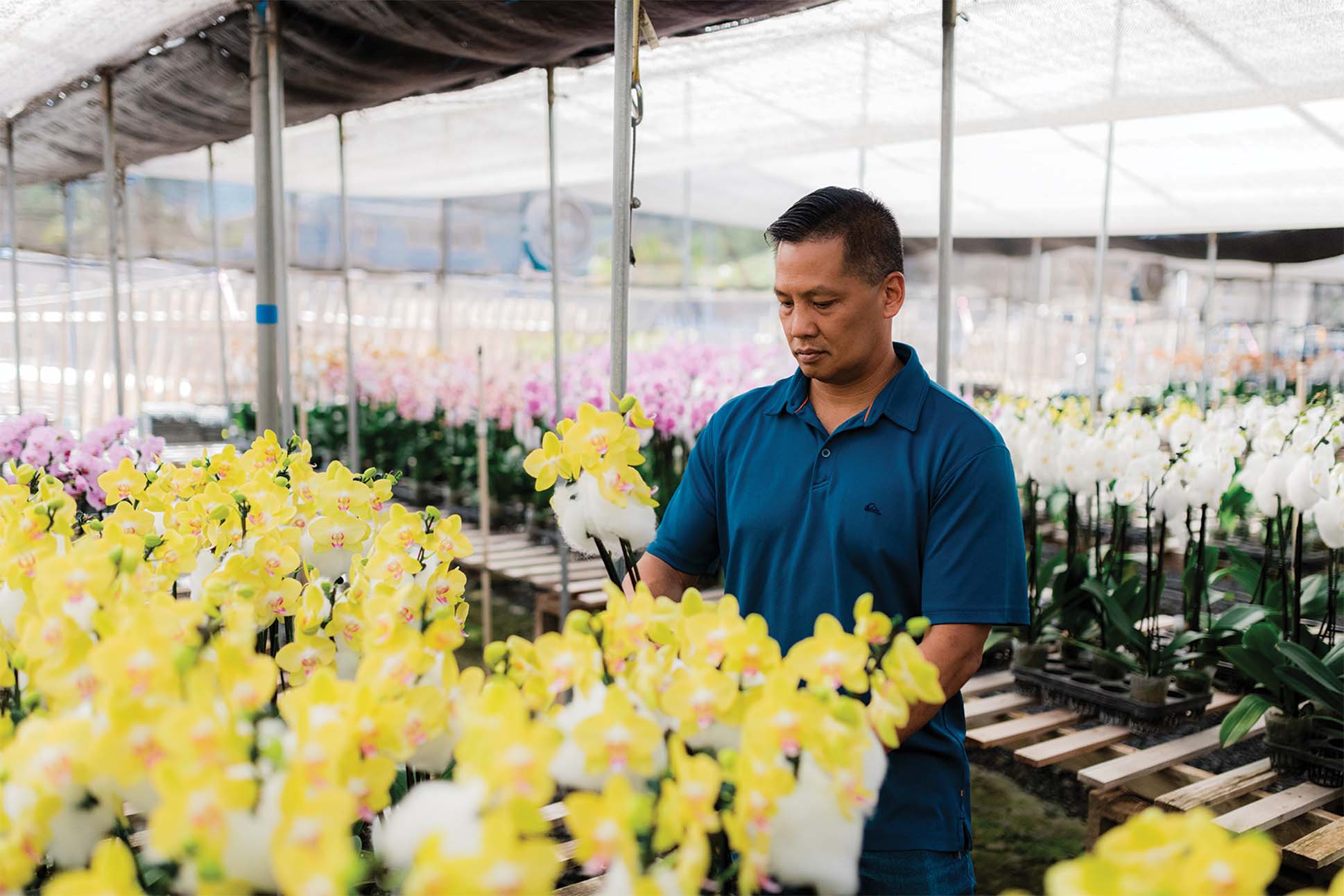
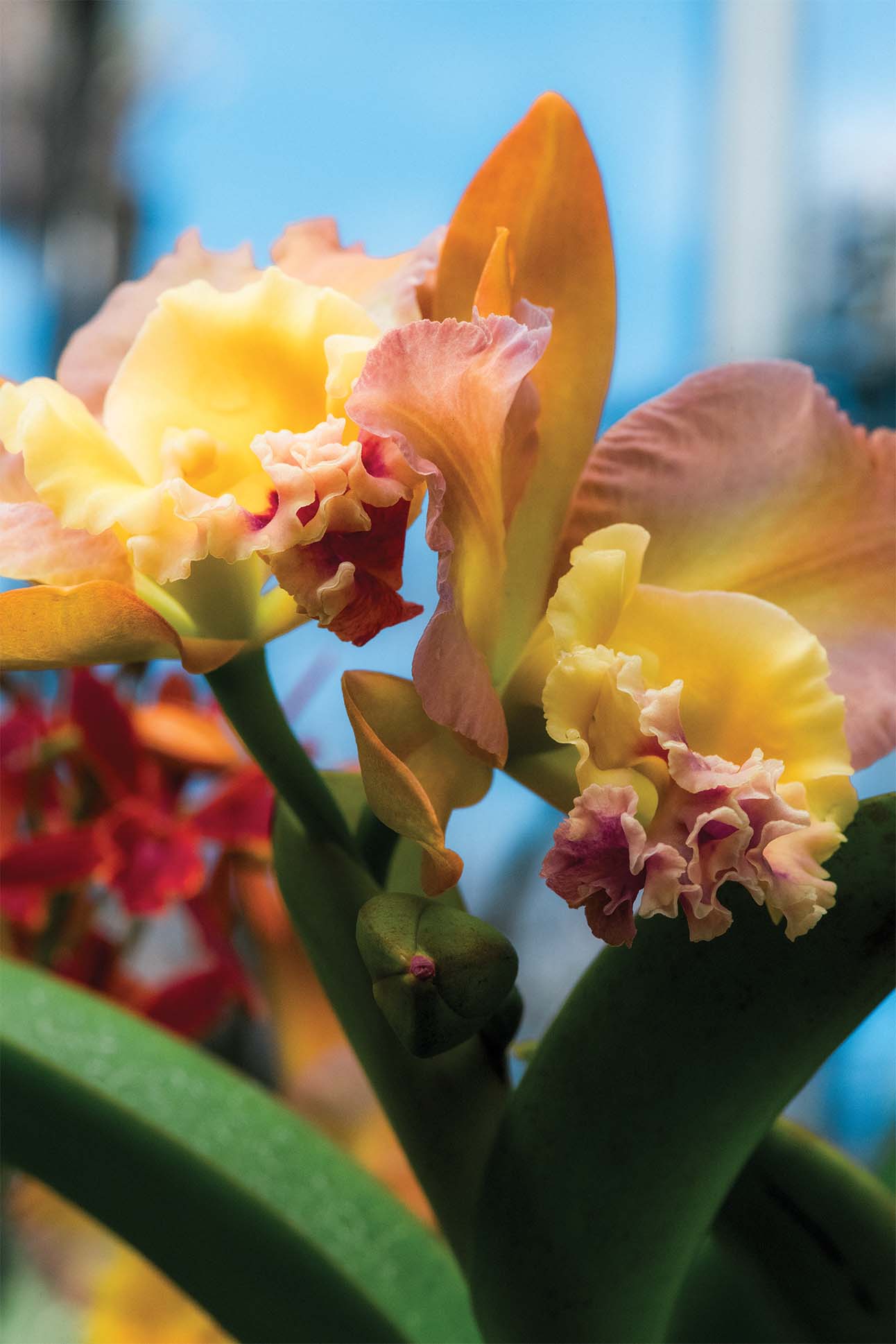
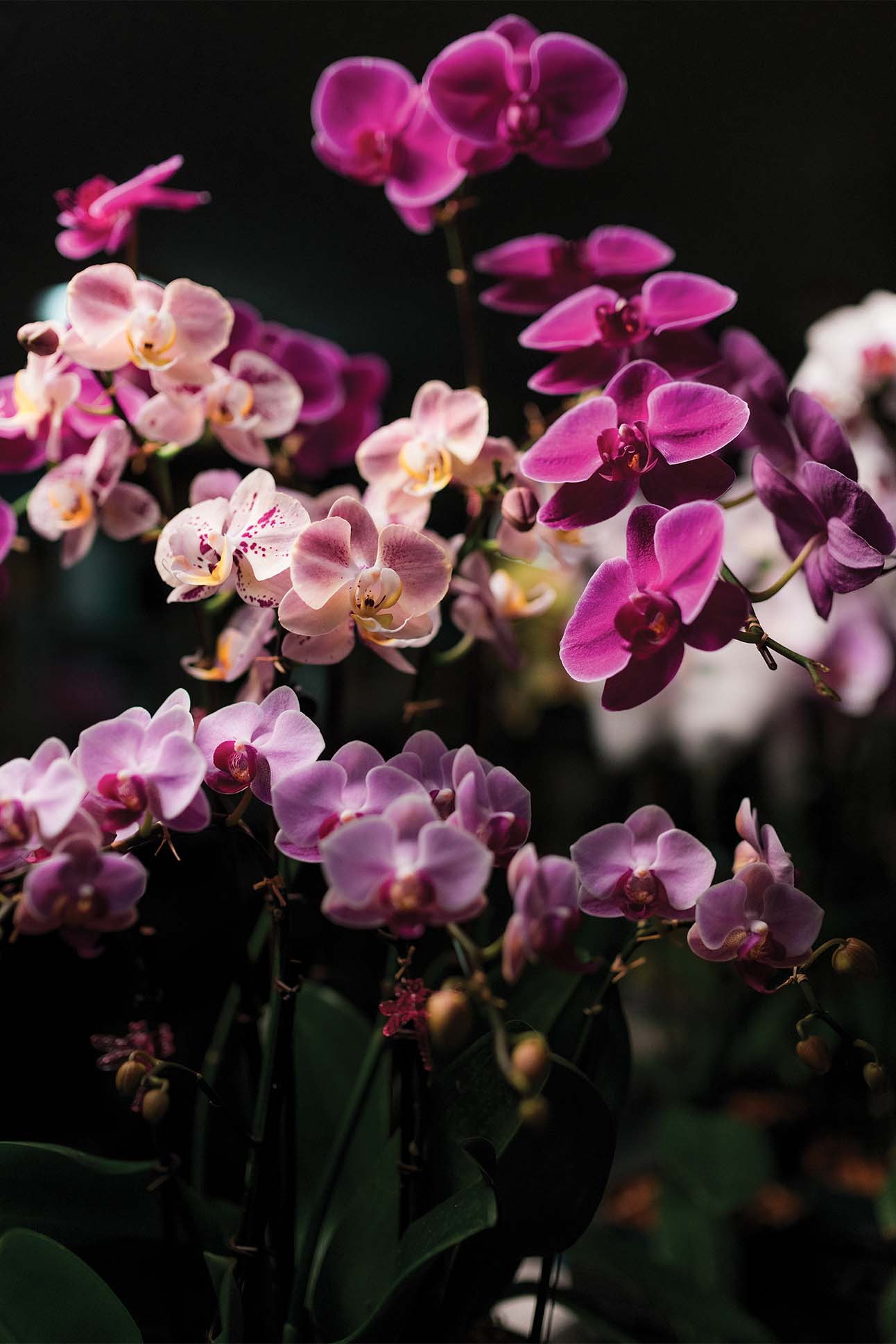
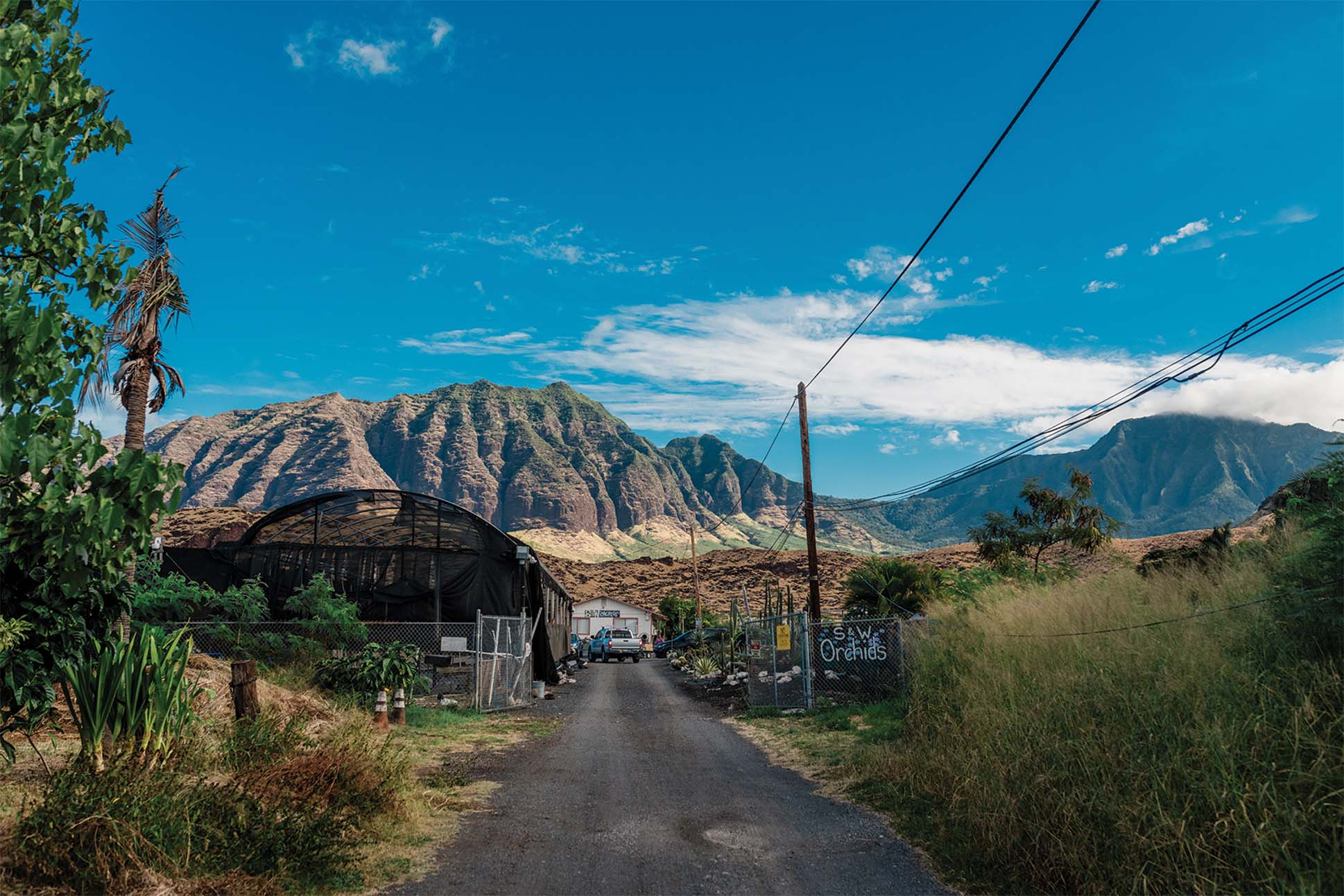
As a young adult, Domingo saw the nursery merely as a job to pay off his car. Now he’s there every day, arriving at 5 a.m. to open up shop and put his green thumb to work. He constantly tends to the plants, propagating, spraying, or propping the blossoms up with cotton balls to prevent bruising or breakage. “To grow nice orchids, you need to be on top of your game,” Domingo says.
With nearly 30,000 species, orchids are one of the most diverse plant families in the world. Featuring curving stems and strikingly symmetrical blossoms with an open lip, they resemble intricate works of art. The blooms come in a wide range of colors, from common pinks, purples, and white to uncommon hues of reds and blues, as well as exhibit a variety of speckled, striped, or gradient patterns. Some orchids are tiny while others are large, and many bloom only once or twice a year in a rare and fleeting spectacle. The most exotic orchids feature narrow, rippled, or even angular petals and can fetch thousands of dollars.
To grow nice orchids, you need to be on top of your game.
Jeremy Domingo, second-generation orchid supplier

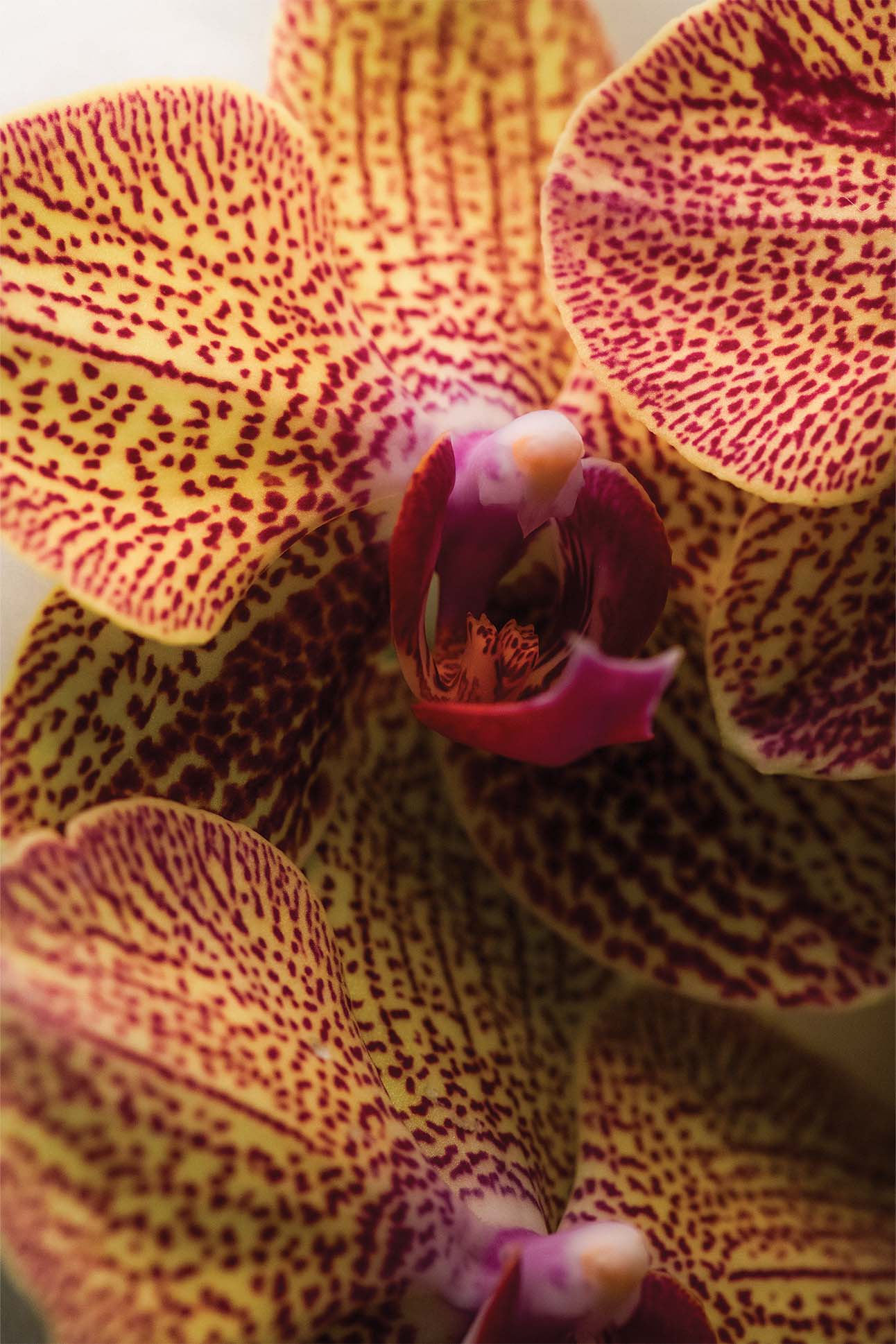
Often seen as a status symbol, orchids captivate collectors all over the world. In the 1960s, Hawai‘i became the capital of the orchid industry, attracting visitors eager to see—and, if they’re lucky, obtain for their own collections—its stunning flowers. During this golden era of orchid production, Domingo’s family was at the forefront of hybridizing and cloning new orchid species, work that earned Hawai‘i Island its nickname, the “Orchid Isle.” “A lot of my family blazed the trail for orchids,” Domingo says, adding that he and other relatives have orchids named after them.
Today, orchids remain a prized commodity, but running an orchid nursery is a tough, and possibly even fading, business, according to Domingo. Strict agricultural regulations and the high costs of water and land make orchid-growing an expensive endeavor, with nurseries facing significant hurdles shipping flowers to and from the islands. A single flawed plant—marked by fungus or a spot of insect eggs—can result in the confiscation of an entire shipment, a loss that Domingo and other growers must absorb.
Still, that doesn’t stop Domingo from growing orchids and propagating unique varieties, many of which are for display only and not for sale. He enjoys seeing which flowers appeal to customers and takes pride in the joy the blooms bring them. “Just pick what interests you, what catches your eye,” he says. “Because everybody has their own different way of looking at orchids.”

